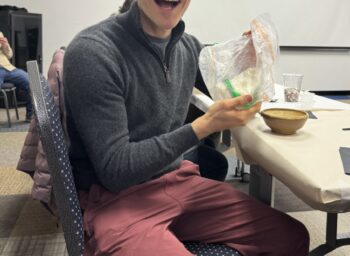Who knew making ice cream could double as an arm workout? The Colorado Springs community asked this very question as they shook plastic bags of heavy whipping cream, vanilla extract, sugar, and rock salt back and forth for ten minutes straight to make a classic vanilla ice cream (sprinkles optional).
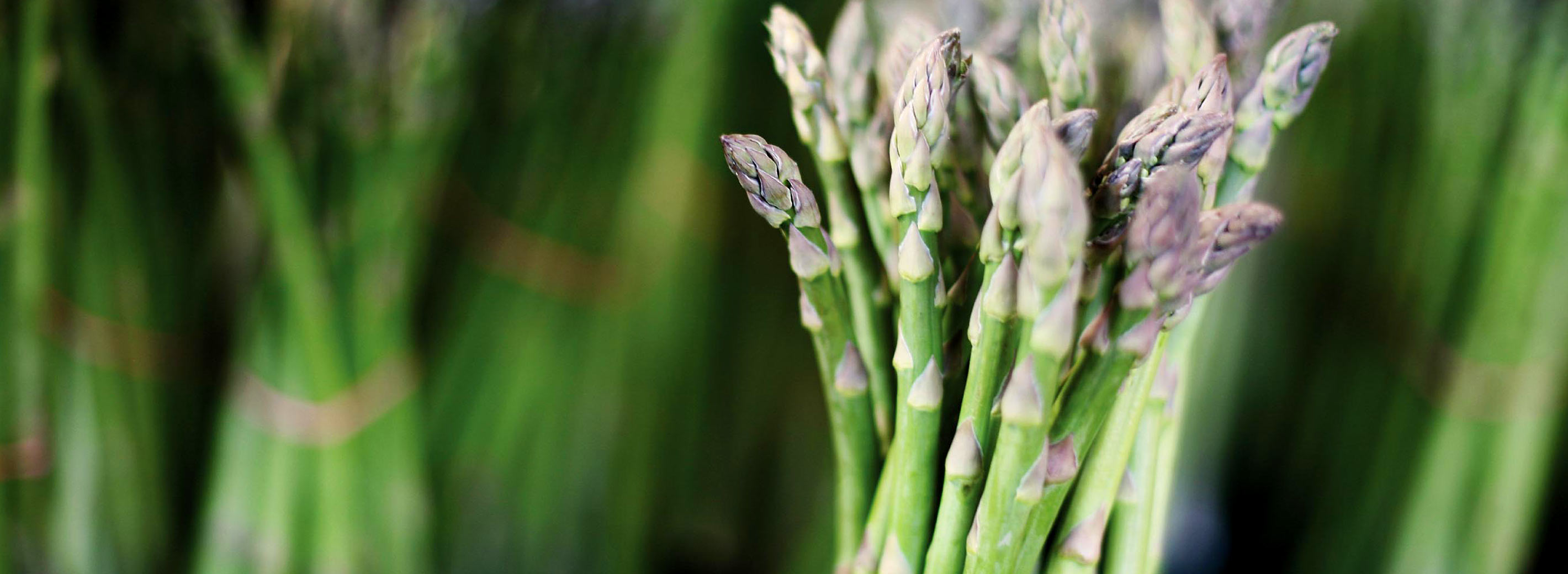
Blog: Education
+ Blog Categories
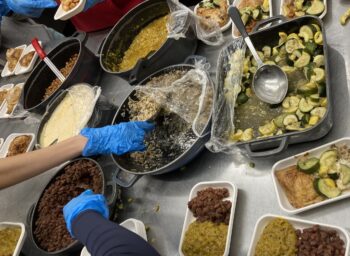
New Approaches to Old Problems: Innovative Initiatives to Fight Campus Food Insecurity
- Blog
Bon Appétit teams have long sought to support our college campuses in their efforts to address student food insecurity in inventive ways. From food pantries and swipe donation programs to food co-ops and food recovery, there are many encouraging examples of how our teams are working with their campus communities to confront a complex and pervasive, yet often invisible hardship.
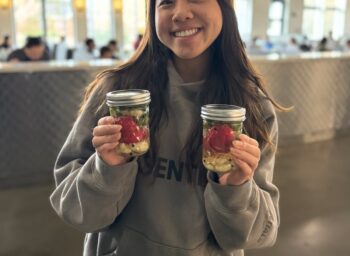
Have Brine, Will Travel: Pickling Pop-ups with the Fellows
- Blog
As Bon Appétit Fellows, part of our job is to travel to the different campuses we serve and collaborate with our culinary teams, along with university staff and student clubs, to engage students and inspire the next generation of sustainable food lovers and advocates. It’s always fun to get hands-on, of course, which is why we designed our quick pickling demo.
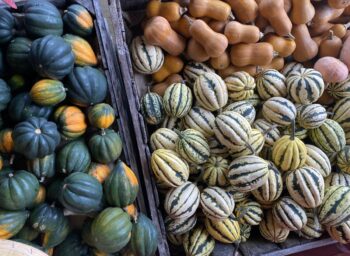
From Koginut to Kabocha: Tasting the Rich Diversity of Winter Squash
- Blog
As winter’s chill settles in, cooks often turn to storage crops, including a vibrant array of hardy winter squash, each with its own special flavor profile and gastronomic potential. From the robust and well-known butternut to the delicately sweet acorn, ornamental turban squash, and velvety texture and nutty flavor of Koginut, these nutrient-rich and flavor-packed vegetables define the essence of the season.
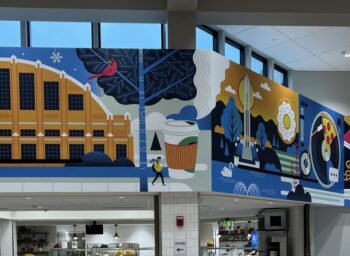
The Team at Butler University Unveils a Beautiful New Café
- Blog
After being under construction for the fall semester, the café that formerly occupied Butler’s Residential College (ResCo) is back with a new look and feel, many new amenities and plenty of old favorites, and a new name – Midtown Provisions.
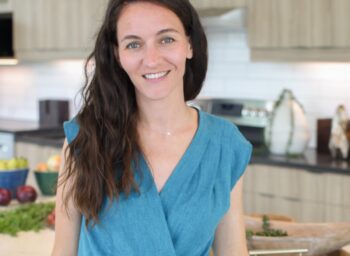
Bon Appétit’s Katy Maher Named Planet Promise Changemaker
- Blog
We’re so proud of our colleague Katy Maher, MPH, RDN, LDN, for being recognized by our parent company, Compass Group, as one of their first Planet Promise Changemakers. Katy has been instrumental in furthering sustainability initiatives for Bon Appétit Management Company’s operations at Butler University in Indianapolis, IN, from the dining hall to the campus farm and beyond.
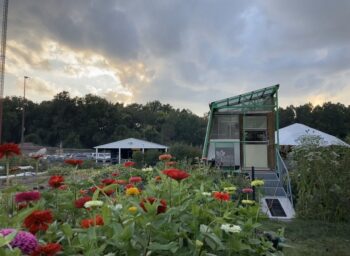
Pickling in Paradise on The Farm at Butler
- Blog
Tucked away on the edge of campus, over a bridge and beside the athletic fields, lies The Farm at Butler, a gem within Butler University in Indianapolis, IN. Just shy of one acre, this agricultural oasis is a clear example of how urban farming can transform previously dormant land into a thriving ecosystem and classroom.
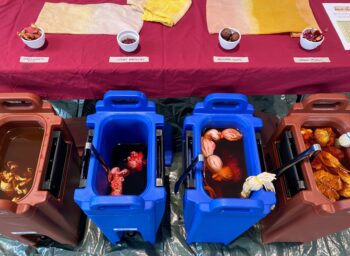
A Hands-On Way to Play With Your Food (Waste)
- Blog
What do avocado skins and seeds, onion skins, and beet trimmings have in common – besides being candidates for the compost pile? These scraps can all be used in plant-based dyes, and using them not only reduces food waste, it reminds us of what’s possible when we practice creative reuse and extend sustainable practices from the kitchen out into the other parts of our lives.
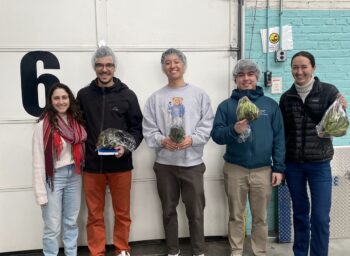
Food Hubs: Redefining How Institutions Feed Students and Strengthen Regional Food Systems
On the rise across the country since the mid-2000’s, food hubs are one solution to common barriers to getting local food into restaurants and difficult-to-access institutional markets. With a keen focus on selling to anchor institutions (long-term fixtures in communities, such as universities, hospitals, and school systems, that play vital roles in the local economy), food hubs coordinate the aggregation, distribution, and marketing of locally and regionally produced foods from a network of responsible producers.
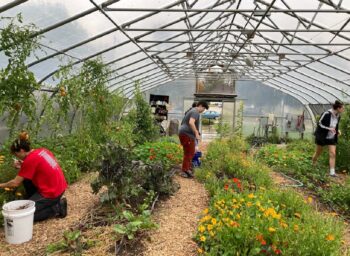
Campus Farms Provide More Than Produce to School Communities
- Blog
Twenty DePauw University first-years are spending the morning at the Ullem Campus Farm in Greencastle, IN. Rather than sitting in a classroom, they are outside enjoying the first wisps of fall, bringing shovels down into the rich soil to unearth the starchy golden gems below.
